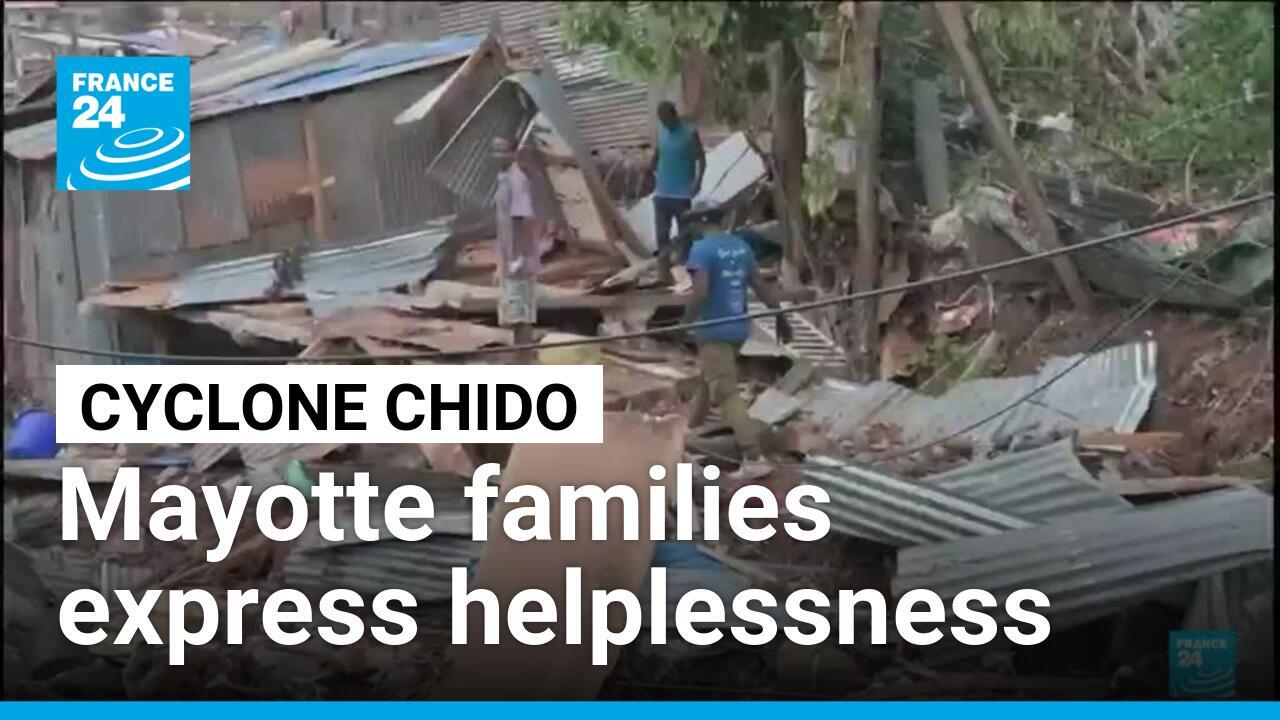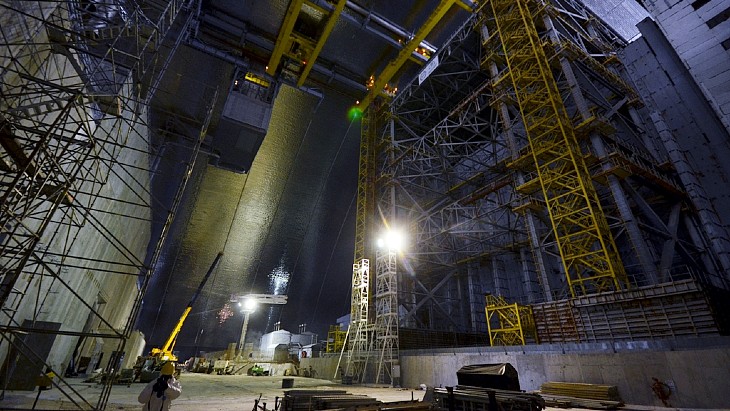I Was a Health Insurance Executive. What I Saw Made Me Quit.
I was forced to come to terms with the fact that I was playing a leading role in a system that made desperate people wait months or longer to get care, or go deep into medical debt.
By Wendell Potter

Pictures of Money - Health Insurance. Flickr.
I left my job as a health insurance executive at Cigna after a crisis of conscience. It began in 2005, during a meeting convened by the chief executive to brief department heads on the company’s latest strategy: “consumerism.”
Marketing consultants created the term to persuade employers and policymakers to shift hundreds, and in many cases thousands, of dollars in health-care costs onto consumers before insurance coverage kicks in. At the time, most Americans had relatively modest cost-sharing obligations — a $300 deductible, a $10 co-payment. “Consumerism” proponents contended that if patients had more “skin in the game” they would be more prudent consumers of health care, and providers would lower their prices.
Leading the presentation was a newly hired executive. Onstage, he was bombarded with questions about how plans with high deductibles could help the millions of Americans with chronic conditions and other serious illnesses. It was abundantly clear that insurance companies would pay far fewer claims but many enrollees’ health care costs would skyrocket. After about 30 minutes of nonstop questions, I realized I’d have to drink the Kool-Aid and embrace this approach.
And I did, for a while. As head of corporate communications at Cigna from 1999 until 2008, I was responsible for developing a public relations and lobbying campaign to persuade reporters and politicians that consumerism would be the long-awaited solution to ever-rising insurance premiums. But through my own research and common sense, I knew plans requiring significant cost sharing would be great for the well-heeled and healthy — and insurers’ shareholders — but potentially disastrous for others. And they have been. Of the estimated 100 million Americans with medical debt, the great majority have health insurance. Their plans are simply inadequate for their medical needs, despite the continuing rise in premiums year after year.
I grew uneasy after the company retreat. But it took an impromptu visit to a free medical clinic, held near where I grew up in the mountains of East Tennessee, to come face to face with the true consequences of our consumerism strategy.
Sign up for the Opinion Today newsletter Get expert analysis of the news and a guide to the big ideas shaping the world every weekday morning. Get it sent to your inbox.
At a county fairground in Wise, Va., I witnessed people standing in lines that stretched out of view, waiting to see physicians who were stationed in animal stalls. The event’s organizers, from a nonprofit called Remote Area Medical, told me that of the thousands of people who came to this three-day clinic every year, some had health insurance but did not have enough money in the bank to cover their out-of-pocket obligations.
That shook me to my core. I was forced to come to terms with the fact that I was playing a leading role in a system that made desperate people wait months or longer to get care in animal stalls, or go deep into medical debt.
The tragic assassination of the UnitedHealthcare chief executive Brian Thompson has reinvigorated a conversation that my former colleagues have long worked to suppress about an industry that puts profits above patients. Over 20 years working in health insurance, I saw the unrelenting pressure investors put on insurers to spend less paying out claims. The average amount insurers spent on medical care dropped from 95 cents per premium dollar in 1993, the year I joined Cigna, to approximately 85 cents per dollar in 2011, after the Affordable Care Act restricted how much insurers can profit from premiums. Since then, big insurers have bought physician practices, clinics and pharmacy middlemen, largely to increase their bottom line.
Meanwhile, the barriers to medical care have gotten higher and higher. Families can be on the hook for up to $18,900 before their coverage kicks in. Insurers require prior authorization more aggressively than when I was an industry spokesman, which forces patients and their doctors through a maze of approvals before getting a procedure, sometimes denying them necessary treatment. Sure, the insurance industry isn’t to blame for all the problems with our health system, but it shoulders much of them. (In response to a request for comment, Cigna told The Times that Mr. Potter’s views don’t reflect the company’s and that Cigna is constantly working to improve its support for patients.)
At Cigna, my P.R. team and I handled dozens of calls from reporters wanting to know why the company refused to pay for a patient’s care. We kept many of those stories out of the press, often by telling reporters that federal privacy laws prohibited us from even acknowledging the patient in question and adding that insurers do not pay for experimental or medically unnecessary care, implying that the treatment wasn’t warranted.
One story that we couldn’t keep out of the press, and that contributed most to my decision to walk away from my career in 2008, involved Nataline Sarkisyan, a 17-year-old leukemia patient in California whose scheduled liver transplant was postponed at the last minute when Cigna told her surgeons it wouldn’t pay. Cigna’s medical director, located 2,500 miles away from Nataline, said she was too sick for the procedure. Nataline’s family stirred up so much media attention that Cigna relented, but it was too late. Nataline died a few hours after Cigna’s change of heart.
Nataline’s death affected me personally and deeply. As a father, I couldn’t imagine the depth of despair her parents were facing. I turned in my notice a few weeks later. I could not in good conscience continue being a spokesman for an industry that was making it increasingly difficult for Americans to get often lifesaving care.
One of my last acts before resigning was helping to plan a meeting for investors and Wall Street financial analysts — similar to the one that UnitedHealthcare canceled after Mr. Thompson’s horrific killing. These “annual investor days,” like the consumerism idea I helped spread, reveal an uncomfortable truth about our health insurance system: that shareholders, not patient outcomes, tend to drive decisions at for-profit health insurance companies.











_49833.jpg)
_87420.jpg)
_98578.jpg)

_28044.jpg)

_71717.jpg)
_79455.jpg)

